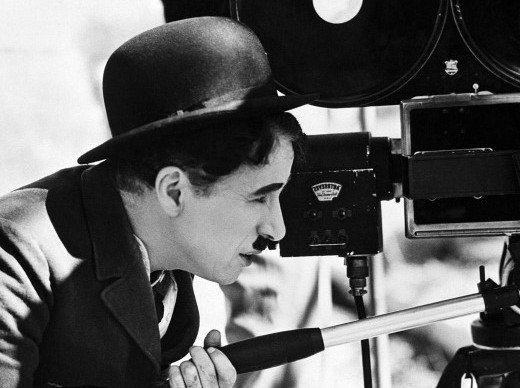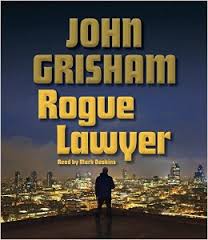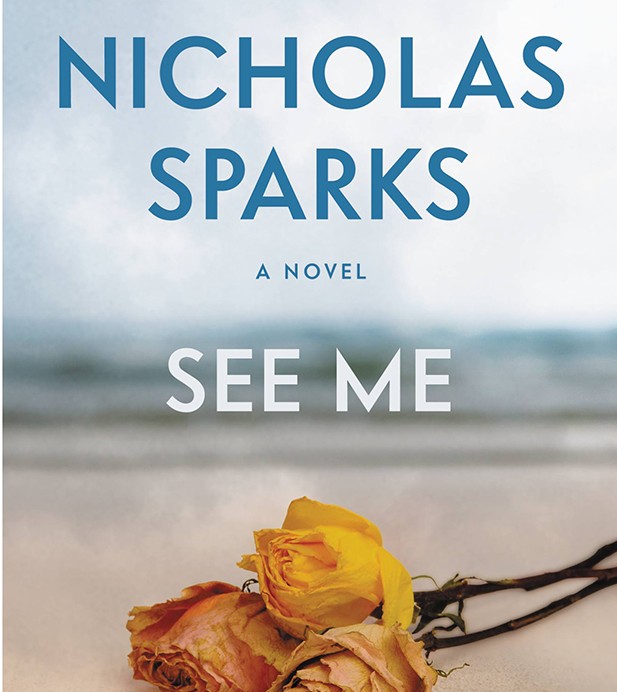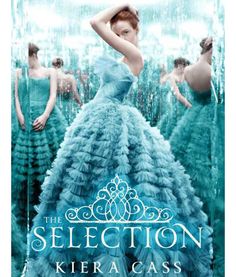Your Scene’s First Page – The Essentials
Every scene must have a point or purpose–that should be obvious. You, the author, need to know exactly what a scene is intended to accomplish. Getting that down is half the challenge.
The other half is front-loading your scene with the essentials. And these essentials apply to any scene, whether the first or the fiftieth.
When considering the point to your scene, you need to know exactly where in the story that scene will occur. Instead of thinking “I wonder what I should have happen to my character next?” first look at what section (some think in terms of acts) of your novel this scene is going to be placed.
For example, the second act of your novel involves progress and setbacks for the protagonist as he goes after his goal. As you build to the big climax, you are making it harder and more hopeless for him, with more obstacles and complications. Keeping this in mind helps you determine exactly what the purpose of your scene will be.
If you aren’t aware of basic novel structure and the essential plot points and where they are positioned in a story, you should take the time to learn this. Why? Because if you don’t get novel structure clear, your scenes aren’t going to serve the plot’s interest. They will wander about aimlessly, confusing readers and accomplishing little to nothing of importance.
Each scene in your novel should be moving the plot forward. Each scene should reveal some new information, but not just anything—the information needs to help move the plot forward. The bottom line? Every scene must have a point to it or it shouldn’t be in your novel.
The Essentials of Scene Openings
What I’ve determined over the decades of writing, editing, and teaching fiction, is the first paragraphs must set up the POV characters mood, mindset (how they’re thinking), and motivation. Even if previous scenes have shown these things, every scene needs some hint or reminder of these three vital elements. I call this the 3 M’s of Character Setup.
If you’re unfamiliar with these components, read my many posts on masterful character description and deep POV. It’s the character’s motivation that matters to readers and the plot.
Once you have the purpose in mind for your scene, what next? Let’s look at the first five key components to crafting that scene.
- The high moment. Your scene has to have a key moment that encapsulates the point of your scene. Think carefully about what that moment should be. It’s usually a reveal—a clue, a new bit of information, a reveal of character that impacts the story. It can be big or subtle.
Moments aren’t about big action but about significance. What is significant to your POV character for that scene. A high moment can be a complication that shows up, a reversal (something happens opposite to what the character expected), or a surprise twist to the plot.
- Start in the middle of action. Last year on this blog we spend a month covering the fatal flaw of “nothin’ happenin’.” The popular term in medias res means starting in the middle of something. Remember last week I gave the scene example of character John waking up and getting dressed, then heading to work? That may sound like the scene is starting in the middle of things. John is waking up and getting going in his day, right?
Nope. The idea here is to start in the middle of something interesting that’s going on. Something that makes the reader wonder just what has been happening up till now.
Imagine walking into a room to find two people in the midst of an argument. You know you’ve missed something, but you’re intrigued to find out just what. That’s the feeling you want to get with your scene openings. I suggest thinking about that high moment, then starting about 15-20 minutes of screen time earlier. That time factor will vary depending on your scene, certainly, but it’s a good rule of thumb when considering at what moment to open with.
- Establish the POV character and stay in that POV. Make sure to be clear whose POV this scene is in by the first or second paragraph. It may be obvious, such as when writing in first-person POV. But even with first person, it can be easy to fall into explanation and lengthy narrative that feels out of POV. So make that character present to the reader right away.
“Rule” is: only one POV per scene. So stick with that one character, showing only what she can see, think, or feel. If you need to get into another character’s head, wrap up that scene, do a scene break (put a # in the middle of a blank line), and then start the new scene.
- Establish the setting. This is one component that is frequently ignored. Make it clear where this scene is taking place. Don’t do an info dump of details, but rather show the setting through the POV character. I’ve written dozens of posts on the importance of setting, and I have to emphasize here—it’s almost always undertreated in every manuscript I critique. You don’t need much, but it’s essential. That includes a feel for the weather, time of day and year. Sensory detail is critical in order to bring a scene alive, and the most evocative details are those dealing with setting.
- Consider the conflict. Conflict is story. Ideally, you want conflict oozing out of every page. So take some time to think about the conflict inherent in your premise and plot.
The character arc requires inner conflict, which is really the character’s struggle as he is forced to grow and learn and change through the story. The outer conflict is embodied by antagonists and nemesis characters who create interference and obstacles for the protagonist as he goes after his goal. Outer conflict can be incidents that impact any or all of your characters.
Just know this: if your scene is lacking conflict, it will fall flat.
Every scene should have a death in it: the death of a dream, a job, a friendship, a hope, or maybe even a literal death. This is the essence of conflict and complication.
So for starters, drill these five essential scene components into your head, and as you are plotting out your next potential scenes, or revisiting ones you already have, be sure you’re including these.
Featured Image by thereviewcourse from Pixabay
Waiting for the Next Master Class?
Cinematic Sizzle is pulling up
to the station in February 2023!
Want to learn how to make your novel scenes sizzle with cinematic technique? Readers love novels that feel like a movie bursting with sensory details. It’s the ultimate “show, don’t tell” mastery!
In this intensive course, you’ll have the option to participate in a small critique group, where you’ll put into practice what you learn. For intermediate to experienced fiction writers who are ready to submit and critique scenes. Class meets weekly on Zoom (days/times TBD based on participants’ schedules). Cost: $200/month for three months.
You’ll be doing fun things like storyboarding (no, you don’t need to draw!), doing short creative assignments to practice technique, and sharing your ideas!












“Every scene should have a death in it”
To me, that’s too much. Also, contrary to what I’ve picked up about writing so far.
Though, every scene should definitely have the THREAT of death in it.
Of course, several of the scenes will have actual death of different types (physical, professional or mental… some sources even adds emotional, though I’m not exactly sure what that means… a break-up? I liked your list of examples as well!)
I think if you read my blog post on this, it will make more sense. Something always “dies” by the end of every scene, whether it’s an understanding, a hope, a presumption, etc.